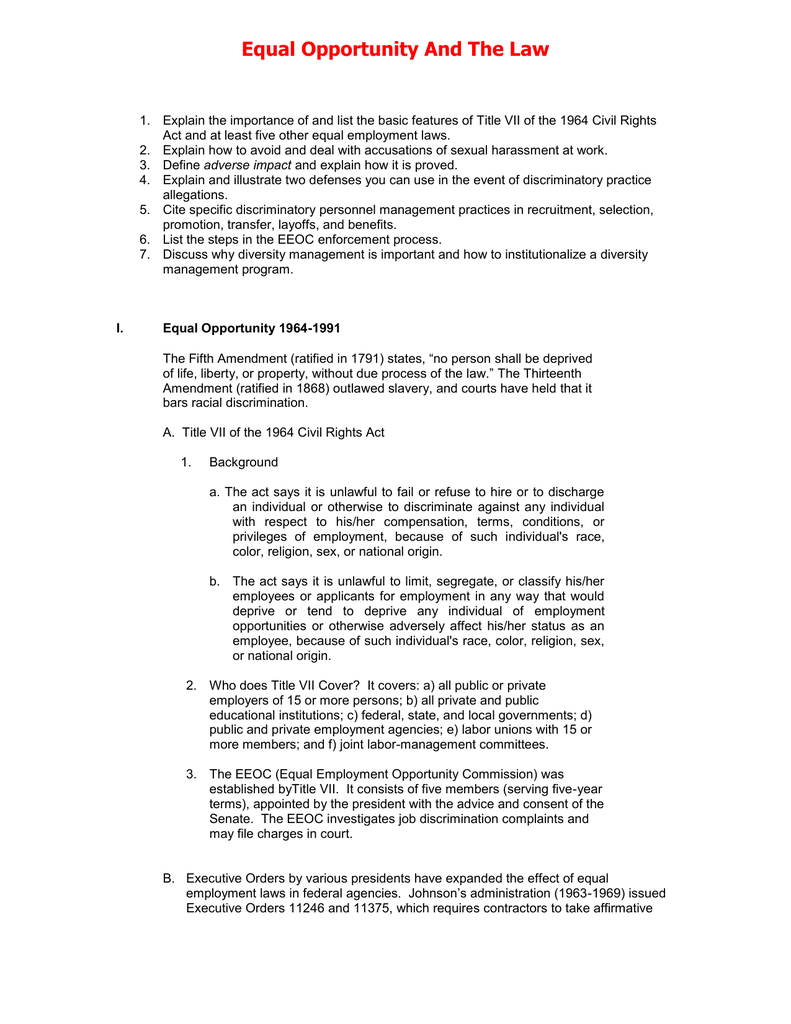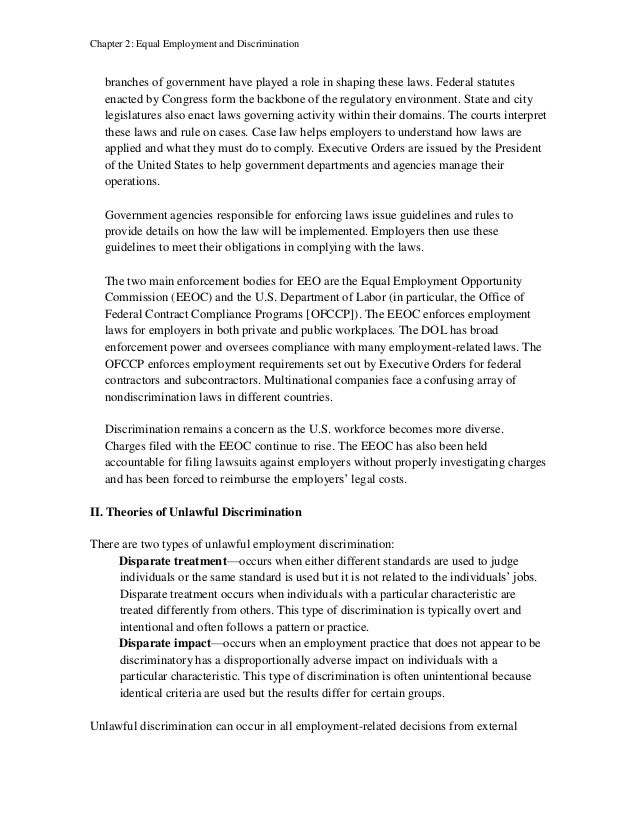Indeed while height and weight are not specifically protected under federal antidiscrimination laws the eeoc discourages employers from using these factors in hiring unless they are closely related to job functions because discrimination on these bases is likely to disproportionally affect people who belong to groups that are otherwise protected. In commission decision no. Bmi is based on weight and height. The eeocs position is that the ada covers morbid obesity defined as having a body weight more than 100 over the norm and obesity caused by a physiological disorder. 76 47 cch employment practices guide 6635 where adverse impact was alleged the commission concluded that absent evidence that blacks as a class based on a standard heightweight chart proportionally weigh more than other persons there is no basis for concluding that the respondents failure to hire black persons who exceed the maximum weight limit constitutes race discrimination. If an employer engages in hiring and firing practices based on a persons weight it could be held liable under the americans with disabilities act ada.
Only one state michigan and a handful of local governments provide this protection. Pre employment inquiries and height weight height and weight requirements tend to disproportionately limit the employment opportunities of some protected groups and unless the employer can demonstrate how the need is related to the job it may be viewed as illegal under federal law. The equal employment opportunity commission eeoc states that weight discrimination has become almost as common as discrimination relating to race gender or age. Courts dont have to. Someone who is 59 would have to weigh at least 203 to qualify as obese no federal law protects employees from discrimination based on obesity or weight per se.



















